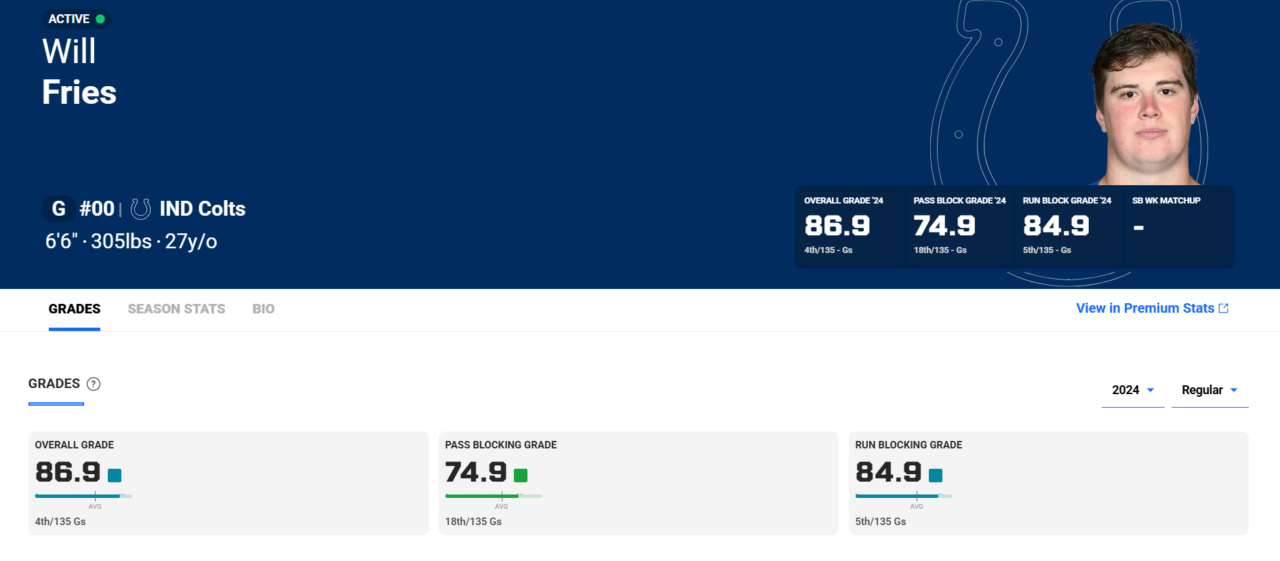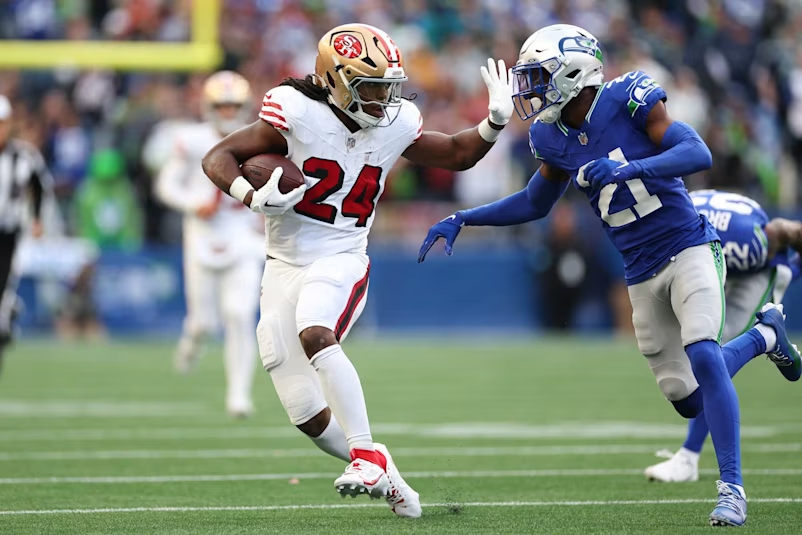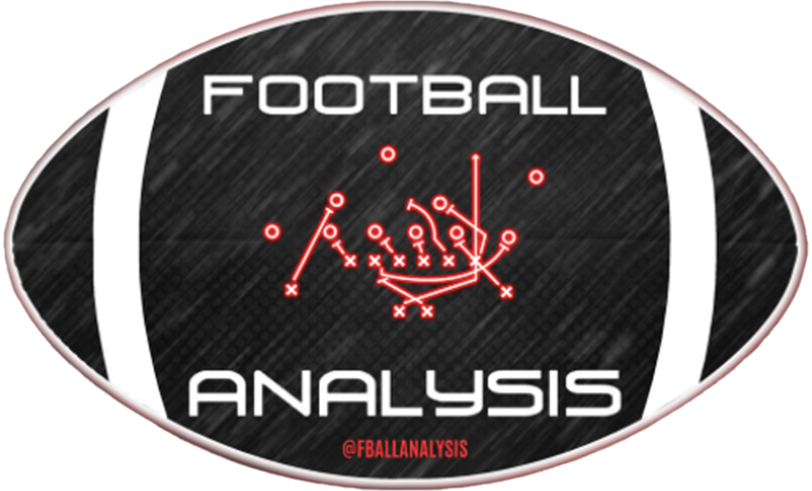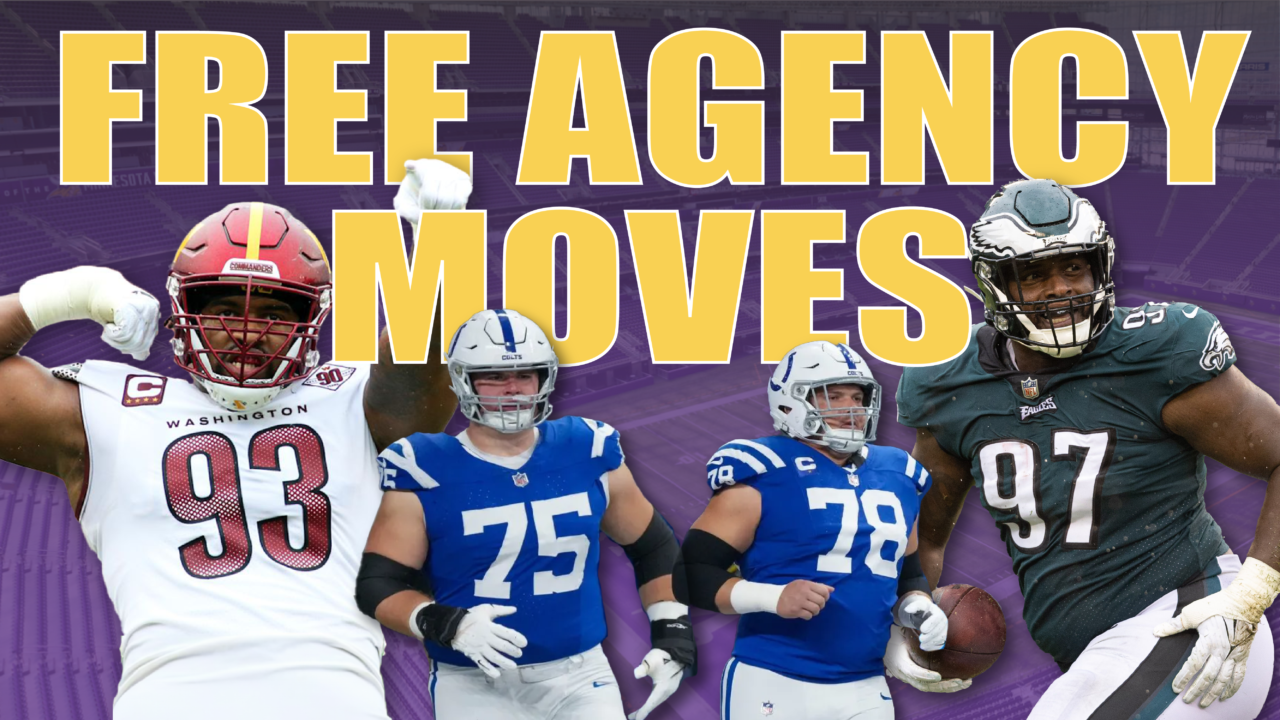The Minnesota Vikings will enter the 2025 NFL Draft in a strong position despite having limited draft capital. After a busy free agency period, Vikings General Manager Kwesi Adofo-Mensah addressed the team’s most glaring weaknesses—particularly on the offensive and defensive lines—positioning the team to potentially select the best player available at pick 24 or trade down to recoup additional picks if they feel they can get more value later on.
Following a disappointing 27-9 Wild Card loss to the Los Angeles Rams, where quarterback Sam Darnold was sacked nine times, head coach Kevin O’Connell highlighted the need to solidify the interior offensive line. That observation translated into action, as the Vikings signed veteran center Ryan Kelly and right guard Will Fries, both from the Indianapolis Colts. Kelly replaces Garrett Bradbury, who was a decent run blocker but struggled in pass protection. Fries, coming off a career-best stretch before suffering a season-ending injury in Week 5, is expected to stabilize the right guard spot.

These additions are crucial as second-year quarterback JJ McCarthy is set to take over as the starting role for the 2025 season. Ensuring a solid pocket will be vital for his development, and the offensive line now features four strong starters, including Pro Bowl-caliber tackles Christian Darrisaw and Brian O’Neill.
On defense, Minnesota focused on fixing a lackluster interior pass rush. In 2024, their top five defensive tackles combined for just 38 pressures and five sacks—numbers that paled in comparison to defensive end Jonathan Greenard’s 42 pressures and 12 sacks alone. To address this, the Vikings brought in former Washington Commander Jonathan Allen and ex-49er Javon Hargrave, both seasoned interior linemen with elite pass rush upside when healthy. Though both are coming off injury-shortened seasons, their peak performances, with Pro Football Focus pass rush grades of 90.9 (Allen) and 91.6 (Hargrave), offer plenty of reason for optimism.
Minnesota also strengthened their secondary. Cornerback Byron Murphy Jr. re-signed after a career best 2024 campaign, and former Eagles cornerback Isaiah Rodgers, a player who caught the eyes of Defensive Coordinator Brian Flores, was added to the mix. Veteran safety Harrison Smith is also returning for what may be his final season, maintaining a veteran presence on the defensive side of the ball and in the locker room as a whole.
Offensively, a potentially underrated move was acquiring running back Jordan Mason via trade. Minnesota sent a 2025 fifth-round and a 2026 sixth-round pick for Mason, who tallied nearly 800 yards at an impressive 5.2 yards per carry last season. He pairs well with Aaron Jones, who had a career year with 1,138 rushing yards on 255 carries but battled nagging injuries throughout the season. A shared workload between the two could keep both backs fresh and effective.

Despite losing a few key players in free agency, Minnesota has filled most of its roster gaps and added depth across key areas. The upgrades made this offseason, especially in the trenches, provide the Vikings with flexibility heading into the draft. They don’t have to reach for specific needs and can instead focus on long-term value—either by drafting the best player available or trading down to build more capital.
In a deep 2025 draft class expected to offer starting-caliber talent through the first three rounds, the Vikings’ proactive approach has set them up well. While free agency addressed immediate concerns, the next step in building a sustainable team heading into the future will come through effective drafting. With McCarthy at quarterback, a retooled offensive line, and new firepower on defense, the pieces are falling into place for a new era in Minnesota.

